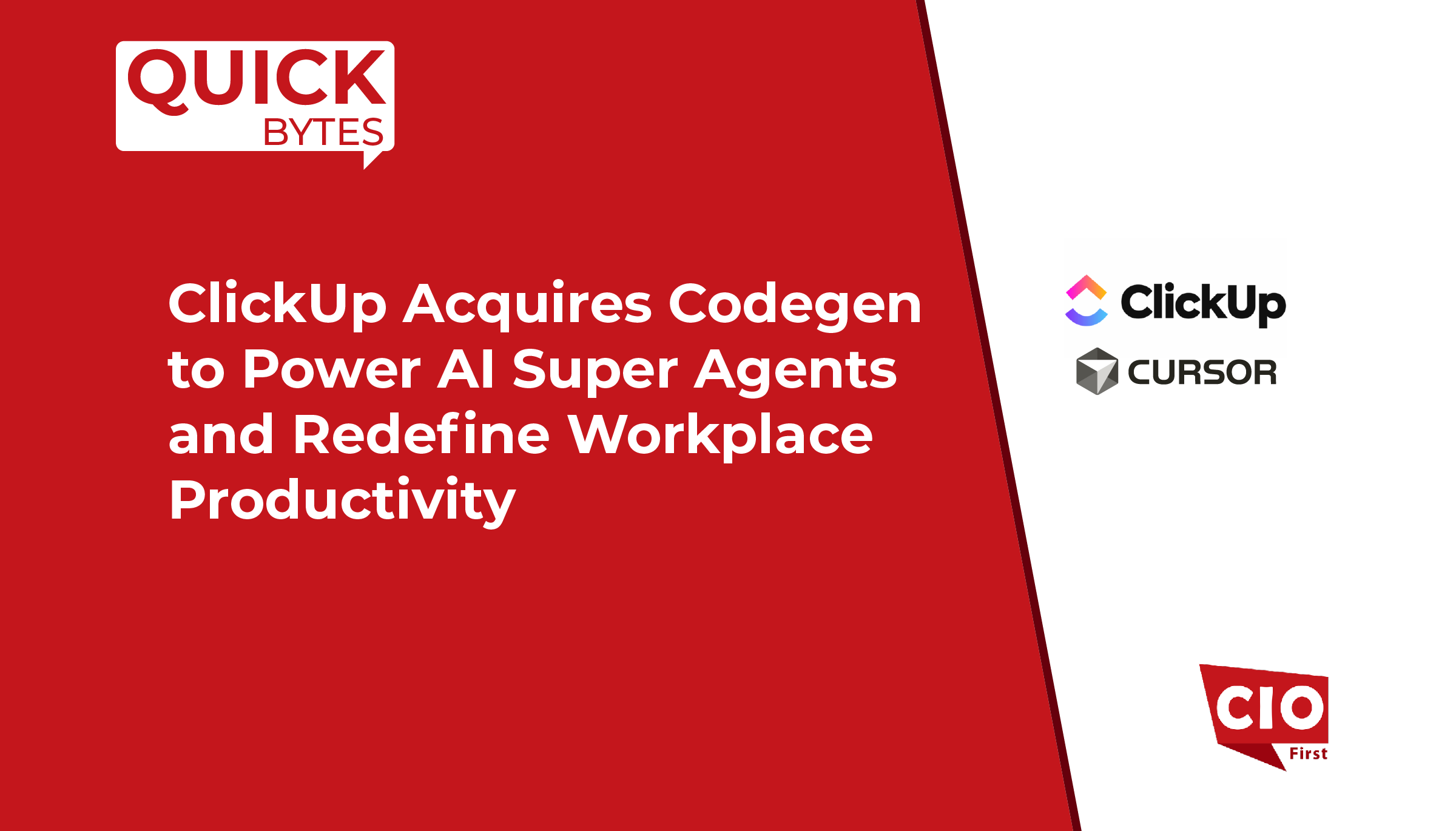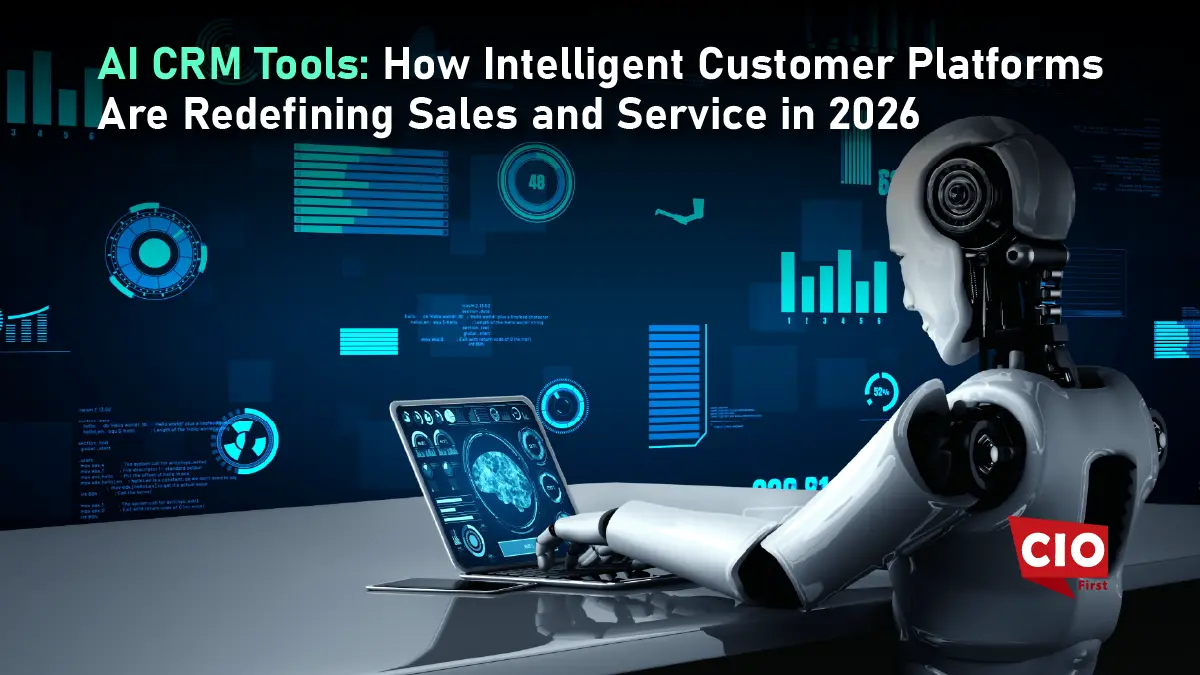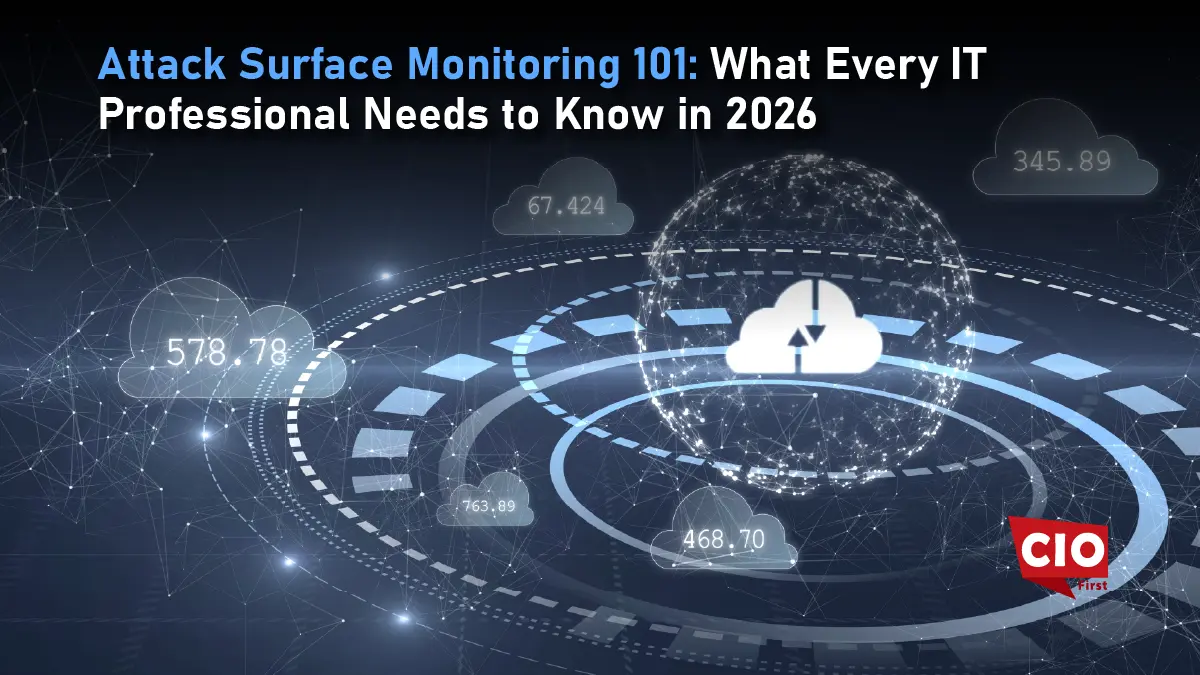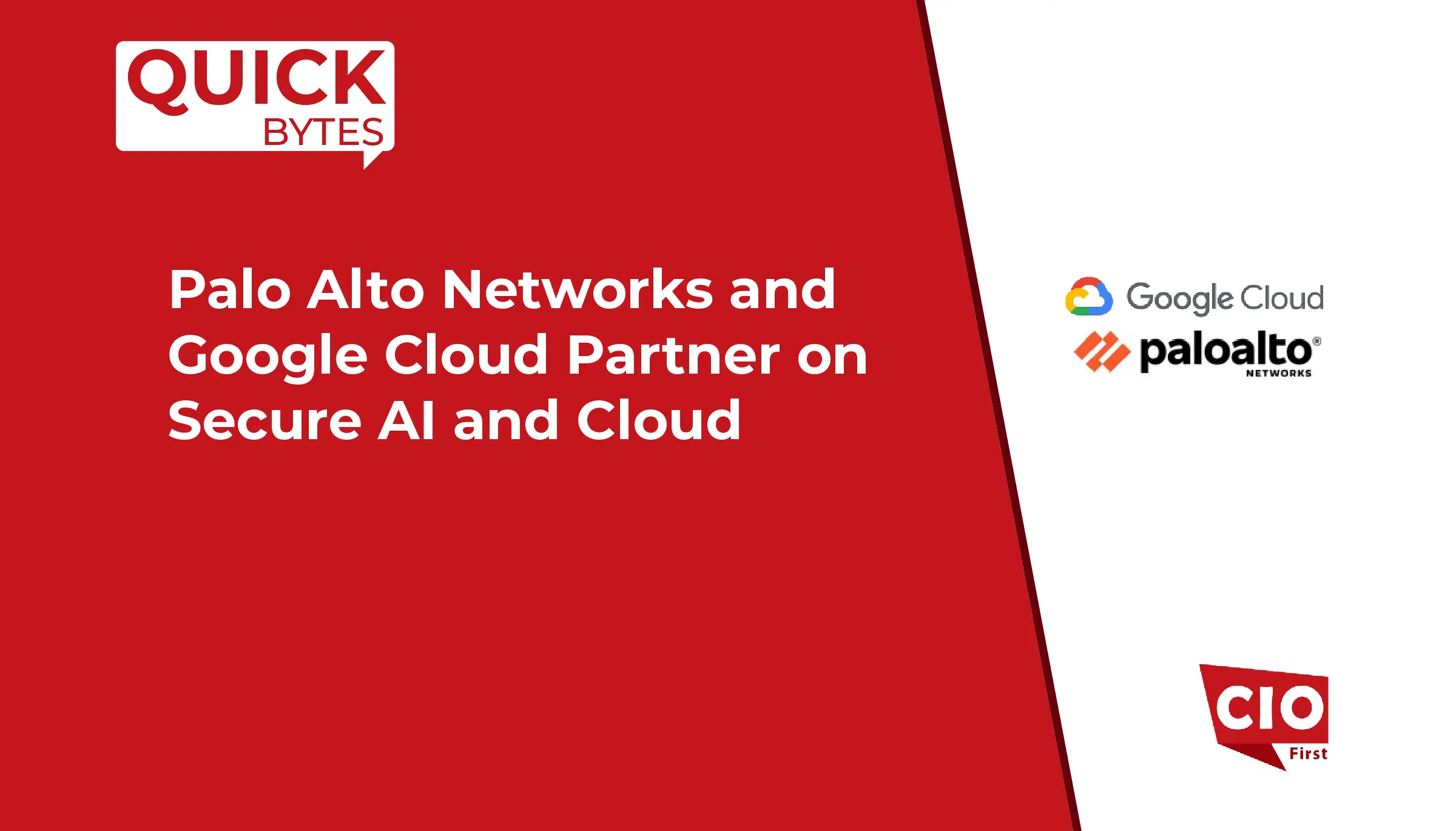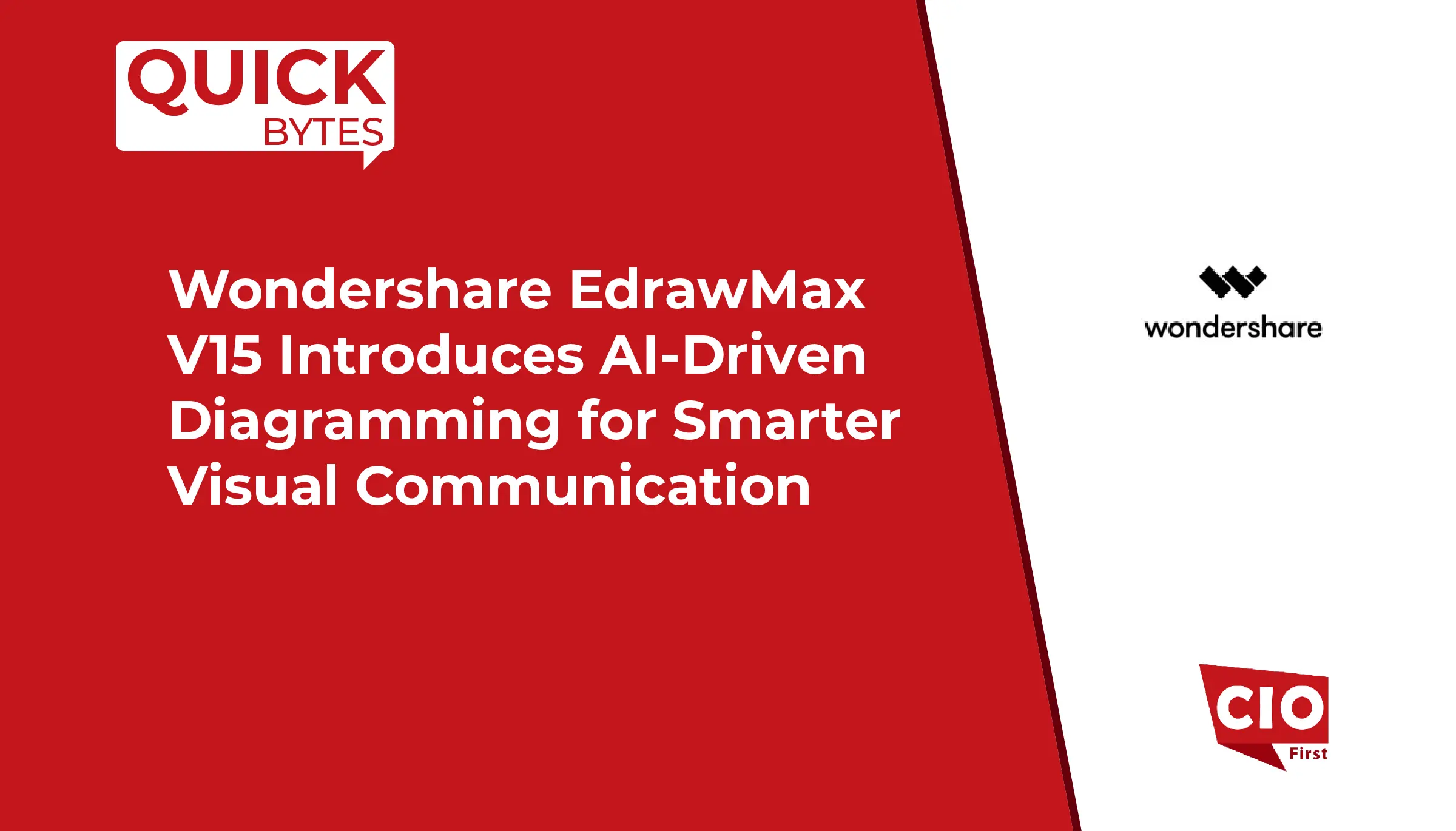Employee experience has been significantly impacted by how hybrid and remote work have exacerbated several workplace issues. Today, work management platforms have evolved considerably and are enhancing the employee experience in the hybrid environment.
The normalization of hybrid work has changed the expectations of both managers and employees about the employee experience, which has affected hiring decisions and employee retention. It’s been a difficult road to navigate, and the work complexities that came to the forefront because of the Digital Age have been made worse by remote and hybrid work and the numerous systems and apps developed to support it.
Thankfully, technology platforms are starting to accept innovative approaches to thinking and working to address and overcome the problems brought on by remote and hybrid work. Here are the key developments that work management platforms have made to enhance the employee experience in 2022 and beyond.
Also Read: Top Three Ways COVID-19 Revved the Deployment of Artificial Intelligence
Automation of Tasks to Focus on Critical Work
AI and automation have altered the playing field. These technologies have made work management platforms possible, allowing employees to focus on work that matters.
The development and deployment of automation are becoming easier for employees across the enterprise, not only those in the IT department, thanks to the rise of no-code and low-code technology. Regardless of their level of coding or programming knowledge, all employees can now design technical solutions and apps with this software. Low-code software enables businesses to rapidly and easily design solutions to problems as they arise, incorporating those solutions into their current workflows to enhance their productivity. As a result, they have more time to devote to tasks with a greater priority and more strategic and vital work.
Enhancing Visibility
Work management platforms offer leaders a better understanding of the work being done, including the progress and the status of the most crucial activities. It might be challenging for leaders to know what their employees do daily in hybrid work structures. Due to a lack of visibility, time is wasted on low-priority tasks, or there is a disconnect around business objectives. Technologies have evolved to provide leaders visibility into the work their teams are performing, helping to keep teams on the same page.
Also Read: Top Five Big Data Integration Strategies
With the ability to forecast projects and potential resource requirements, these platforms enable leaders to manage them properly. This gives them the ability to assess scheduling possibilities before distributing duties to team members from various departments, preventing employee burnout due to overwork and ensuring a balanced distribution of responsibilities. Additionally, if priorities shift or there is a conflict, leaders can translate that into the platform by flagging the status of the task or changing task ownership. The entire organization can run seamlessly when leaders and employees are more closely aligned on projects and can ensure that those initiatives are, in turn, aligned with the overall business objectives.
Measuring Impact, Not Time
Modern work management platforms have made it easier than ever for leaders to gauge employees’ contributions to goals rather than just the time they spend on them. Teams became disparate following the first shock of the COVID-19 pandemic, with work taking place in numerous places and time zones. It can be challenging for teams to communicate because the working hours for each team don’t always coincide. Additionally, even when a person puts in more than eight hours each day of work, it doesn’t necessarily result in visible output.
Employees are able to better grasp what they provide to their team or business when the impact on goals is measured instead of time. With this knowledge, leaders can also better understand the contribution of their employees and how that fits with company goals.
Work management platforms now offer features that save leaders time while onboarding a new employee and bringing them up to speed, in addition to making it simple to measure an employee’s contributions. Employees can be given a number of onboarding tasks to complete, which will make the process clear to them. Additionally, due to the flexibility of ownership, information can be shared among several teams while still allowing a leader to monitor an employee’s progress.
In a world where the effects of the Great Resignation are still being felt, these important factors have altered the employee experience to create a more transparent, focused workplace. Companies need to give employees the finest experience while promoting a flexible, collaborative culture that promotes balance and resilience.








